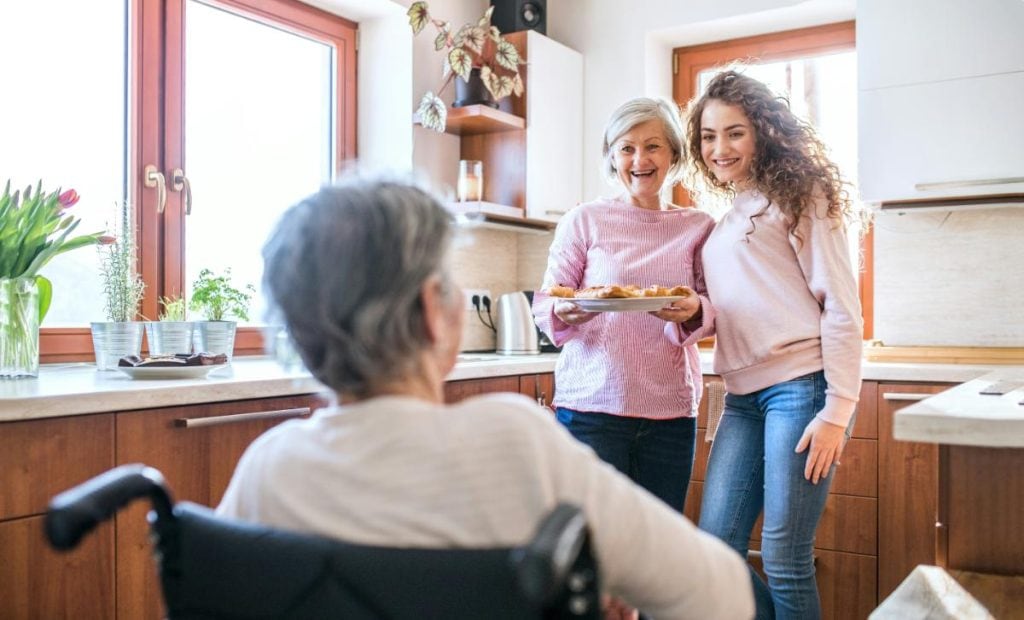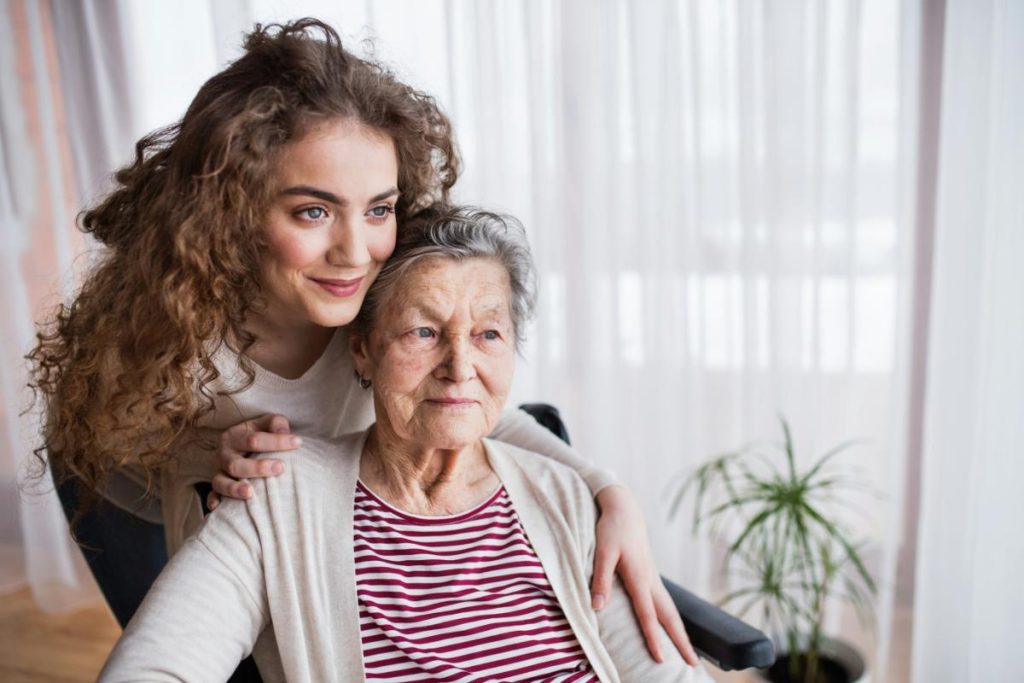For someone facing mobility challenges, even the simplest aspects of a house can become obstacles. Steps at the entrance, narrow doorways, and slippery bathroom floors can quickly turn from minor inconveniences into significant hazards. Modifying the home to address these potential risks can dramatically improve both safety and quality of life.
Simple modifications can prevent falls and help someone stay more independent. Creating a safer, more accessible space can boost confidence and maintain dignity. In this article, we will go over some of the most impactful home modifications you can make to help if you have mobility issues.

Assess your needs
Assessing a home for mobility needs means looking at how each room works for someone with mobility challenges. These changes will make things easier for you and also for your caregiver if you end up hiring one such as Visiting Angels Kennewick – Best Senior Home Care.
Start by thinking about what tasks are difficult, like walking, using stairs, or reaching high shelves. Identifying these problem areas helps you decide which changes will be the most helpful. Focus on spaces where accidents are more likely, such as entrances, bathrooms, and kitchens.
Entryways need to be checked for easy access. If someone uses a wheelchair or walker, narrow doorways can be a big problem. Widening doorways and adding ramps can make getting in and out of the house safer. Look for steps or uneven surfaces that could cause falls. Adding railings or grab bars can provide extra support when moving around.
Bathrooms often have the most hazards. Slippery floors, high tubs, and hard-to-reach fixtures can lead to accidents.
Focus on the bathroom
Bathrooms can be particularly dangerous for someone with mobility issues, but a few targeted changes can make them much safer and easier to use. Installing grab bars is one of the simplest and most effective modifications. Placing them near the toilet, shower, and bathtub provides extra support for standing, sitting, or moving from one spot to another.
Slippery floors are another common hazard in bathrooms. Replacing regular tiles with non-slip flooring can prevent accidents, especially when the floor is wet. Non-slip mats can also provide extra traction in areas prone to moisture, such as near the shower or sink.
Traditional bathtubs can be difficult and dangerous to step over, especially for someone with limited mobility. Replacing the tub with a walk-in shower can make bathing safer and more accessible.

Add smart systems
Technology can make a big difference for someone with mobility challenges by making daily tasks easier and safer. Smart lighting is one simple way to improve safety. With voice commands or a smartphone app, lights can be turned on or off without having to reach for a switch. Motion-activated lights can also brighten dark hallways and rooms, helping to prevent falls.
Voice-controlled devices can simplify everyday tasks. Smart speakers let you adjust the thermostat, play music, or make a call without having to get up. This is especially helpful for someone who has trouble moving around or reaching for things.
